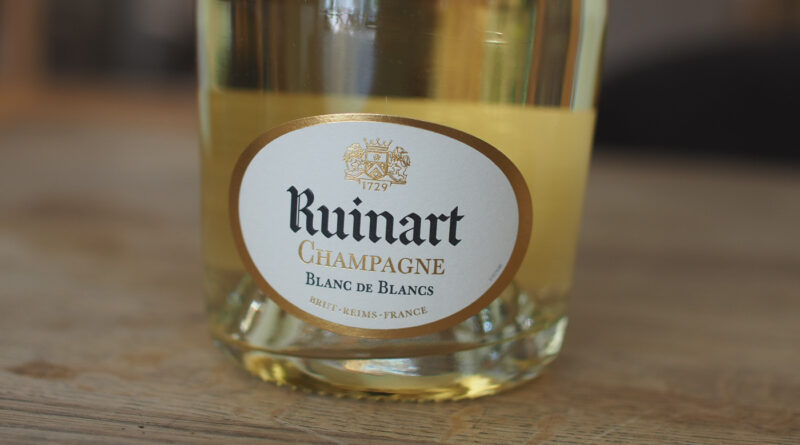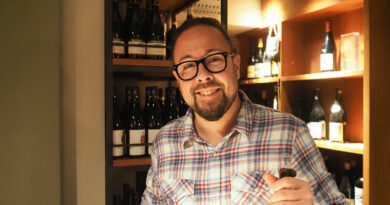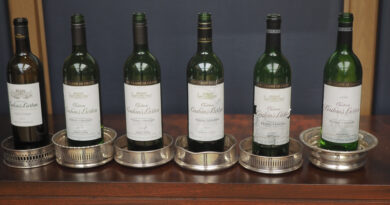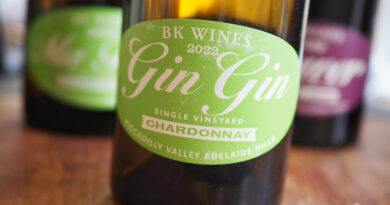The ‘traditional method’, and how it has enabled Champagne to shed the complication of vintage variation
Champagne is rare in the wine world, in that it’s a wine region that is incredibly consumer-facing. Whereas many of the classic wine regions can seem a bit complicated and intimidating to outsiders, Champagne has a remarkably consumer-facing approach. Part of this is that the leading Champagne houses have always allocated a large slice of their turnover to marketing, recognizing the importance of being well known by people with only a passing interest in wine. Part has been the fact that the consumption occasion has always been central in understanding Champagne: bubble equal fun; bubbles equal luxury; bubbles equal celebration. But another factor has been the traditional method, and they way that Champagne’s production process, and in particular how the bubbles are introduced into it, means that it is, by and large, able to escape the complication of vintage variation.
One of the strokes of genius about the Champagne region is the non-vintage model. The vast majority of the region’s wines are a blend of vintages, and this is because of the second fermentation process that occurs in bottle, which makes it possible to blend base wines of different years together before the stage that introduces the bubbles.
Why is non-vintage such an advantage? First of all, it allows for a simplified, consistent project. This is a northerly region with vintage variation, and the market doesn’t really require this extra level of complication for most wines. If someone likes, for example, Moët et Chandon, Bollinger or Veuve Clicquot as their Champagne of choice, it makes it a lot easier for them simply to buy a bottle without being concerned about the vintage. Will the wine always be the same? No, there may be slight differences from year to year, but these differences will be minimized by clever blending together of different years, and they won’t be noticeable to most customers. Maintenance of the house style is the goal of the chef de cave, the winemaker in charge of production.
In the marketplace, having a non-vintage wine means that each year you don’t have to sell afresh the new vintage to your customers, which is a big advantage to the Champagne houses. They can just keep ordering. And it also allows the creation of extra tiers in the range. In some countries, most sparkling wines are vintage dated. In Champagne, Vintage Champagne is a new tier of product that is sold at a price premium to the non-vintage offering, along with other premium tiers such as rosé, Blanc de Blancs, and then at the top – the prestige cuvée. It makes great business sense.
So how does the production process of the ‘traditional method’ allow the creation of the non-vintage tier? In Vintage Champagne, only the grapes picked in a specific year are used, and most houses restrict these products to good vintages, not making a Vintage every year. In this case, the grapes are harvested, usually in September, and are made into a still wine at around 10% alcohol. The wine is over-wintered, and then from February onwards it will be bottled, with some yeast and sugar, and then sealed and laid down for its second fermentation which takes place in the bottle, producing carbon dioxide at around 6 bars of pressure. This is the sparkling wine process known as ‘traditional method’, with the second fermentation in the bottle. At some point between 18 months and several years later the Champagne is finally disgorged. The dead yeast cells are expelled, the bottle is topped up, and a cork is applied. And this dissolved carbon dioxide means that when the Champagne is finally poured by the customer, there will be bubbles formed in the glass.
For a non-vintage wine the process is the same, but there’s an important additional step. When it comes to making the base wine, blending is involved. This is a three way blending. First of all, it’s usually a blend of different varieties, with the three most common being Chardonnay, Pinot Noir and Pinot Meunier (the latter two being red grapes, but which are capable of making white base wines as they are usually pressed straight after picking with no time for the juice to pick up colour from the skins). Then it is a blend of different sub-regions in Champagne, each with their particular character. Then it is a blend of different vintages. Each year, a Champagne house will hold back some of their still wines, which are known as vins clairs. These are usually kept in stainless steel tanks. Then when it is time to make the blend for the non-vintage, it’s time to get creative. Some houses will use the majority of the current vintage and then just a bit of reserve wine; others might do a one-third each blend of the last three years. Some might include just a few recent reserve wines; others might add some very old reserve wines kept in barrel as a sort of seasoning. Another approach is to have a perpetual reserve, also sometimes called a solera system, where a reserve wine is a blend of many different years with some being taken out and some added each vintage. It is the way that house style and character is maintained by the blending across years that has made non-vintage Champagne possible, which has been of enormous help to both the houses and their customers, simplifying the offering and also making it much more customer-friendly. This in part has led to the ongoing success of Champagne.




